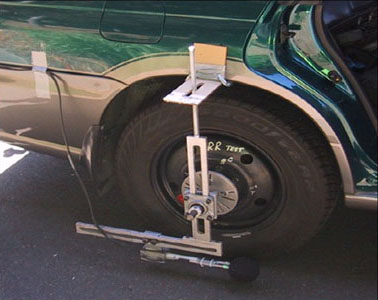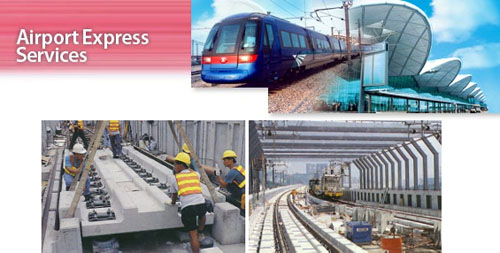To stimulate the development and/or recognition of noise control engineering technology for the ultimate benefit of society, INCE-USA offers, from time to time, The George C. Maling Award for Excellence in Noise Control Engineering.
The award is intended to provide, and disseminate widely, recognition for one or more individuals or institutions who have demonstrated one or more contemporary and outstanding products or processes in the applied art of noise control engineering. The product or process should also be capable to making an effective contribution toward a quieter environment.
This honorary award is similar, in concept, to the Malcolm Baldridge Award program of the US Department of Commerce, as well as similar awards from professional societies such as the American Institute of Architects (AIA) or the American Institute of Aeronautics and Astronautics (AIAA).
The George C. Maling Award for Excellence in Noise Control Engineering is available for nominations on an ongoing basis.
The Award is not an endorsement by INCE-USA of any specific product or process.

Sound and Vibration magazine has every month for 45 years contributed to the noise control engineering profession by providing without charge timely and informative technical articles and access to useful product data to many thousands of readers world-wide. Subscribers represent design engineering, testing and evaluation, research and development, consulting and engineering services, equipment reliability, occupational safety and health, and educational professionals. It serves as a primary source of information for practicing noise control engineers.
For development of On-Board Sound Intensity (OBSI) probes and decades of leadership and contributions to the measurement and understanding of tire/pavement noise at the source.
He has employed his innovative sound intensity probes during measurements from automobiles and trucks operating at speeds up to 60 mph (100 km/hr) along hundreds of in-service highways in California, Arizona, Nevada, and four European countries.
A recent configuration of the probe includes one or two pairs of phase-matched ½” diameter condenser microphones fitted with nose cones and spherical foam windscreens and located near the side wall of the test tire adjacent to the leading and trailing edges of the tire contact patch. The sound intensity level is analyzed in 1/3 octave bands in real time and the signals are also stored on a digital recorder. Photographs are shown below of the OBSI equipment installed on test vehicles.
The OBSI probes when located directly adjacent to a moving tire are well-suited to measure noise generation and radiation because it is able to localize individual noise sources, reject background noise, detect propagating energy in the acoustic nearfield, reduce contamination by flow-induced noise, and provide repeatable consistent measurement results.
Measurements using the OBSI probes are leading to better understandings of tire/pavement noise generation and radiation at a wide range of pavement types and are providing the information and insights needed in the development of quieter tires and pavements. The California Department of Transportation is currently implementing a program to build quieter highways throughout the State of California. One California highway environmental official has stated that “Dr. Donavan’s efforts in creating a quieter highway environment have put Caltrans at the forefront of this specialized field.”
With Paul’s participation, the OBSI methodology is being adopted as a measurement standard by the American Association of State Highway & Transportation Officials, the American Society for Testing Materials, and the Society of Automotive Engineers. Additional information is available at National Cooperative Highway Research Program (NCHRP) Report 630.


For noise control innovations incorporated into the Airport Railway in Hong Kong, including:
